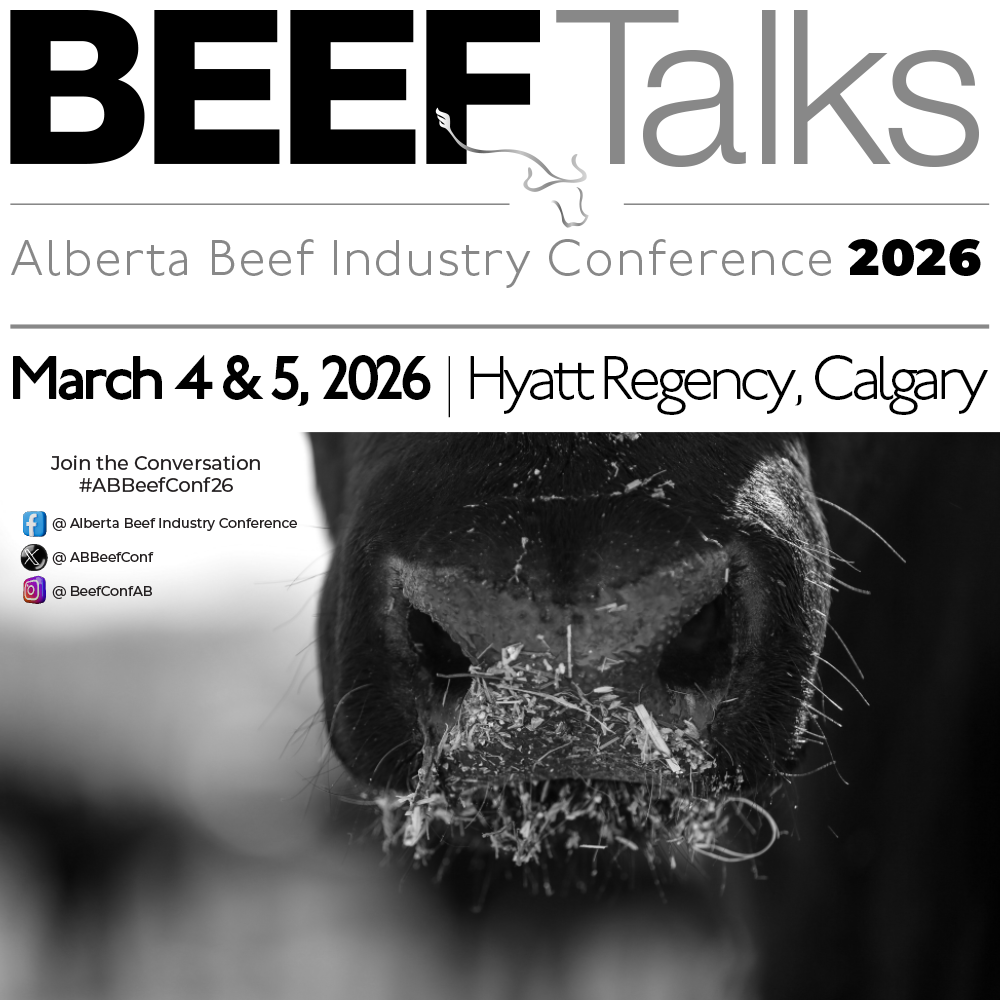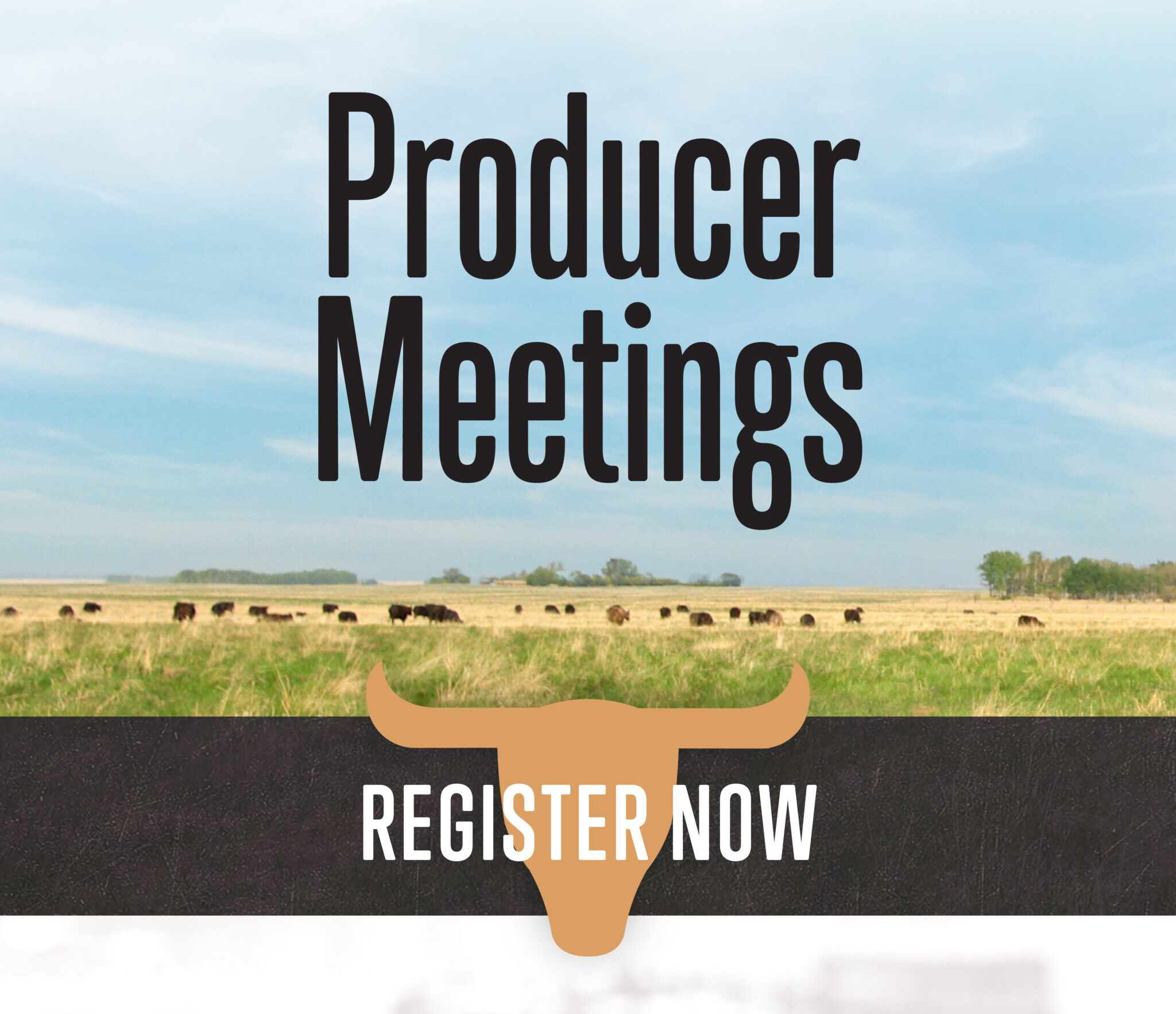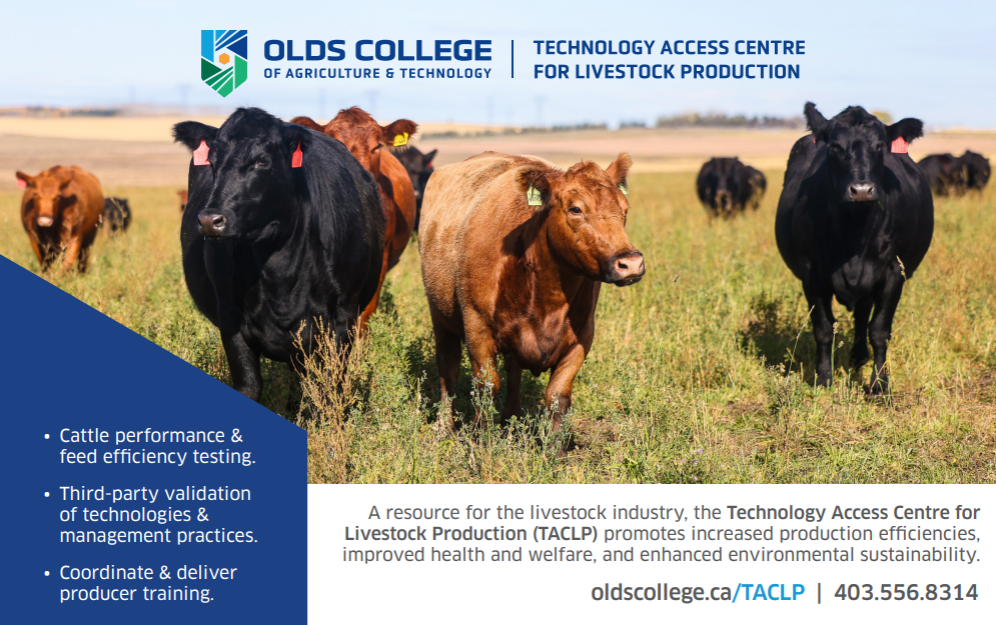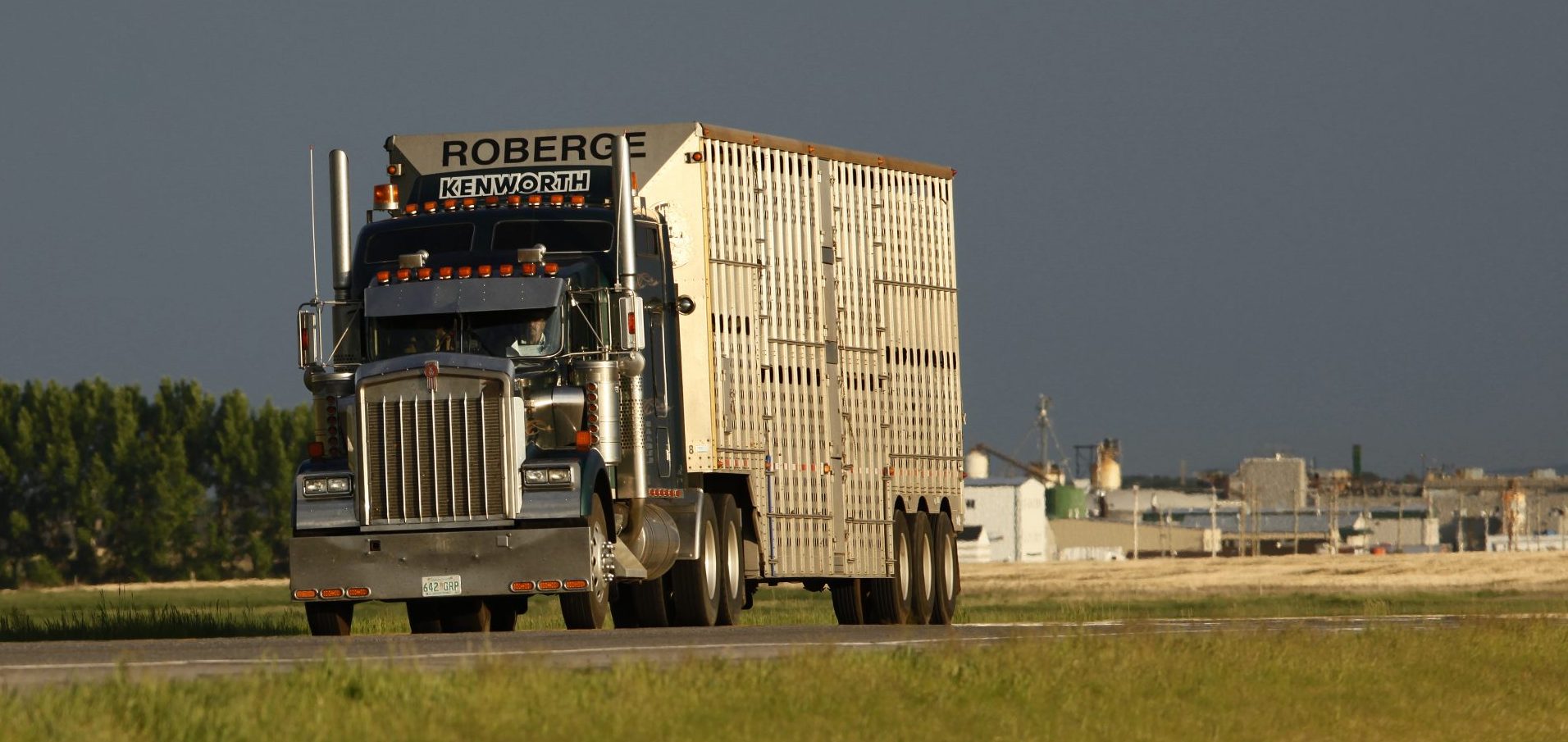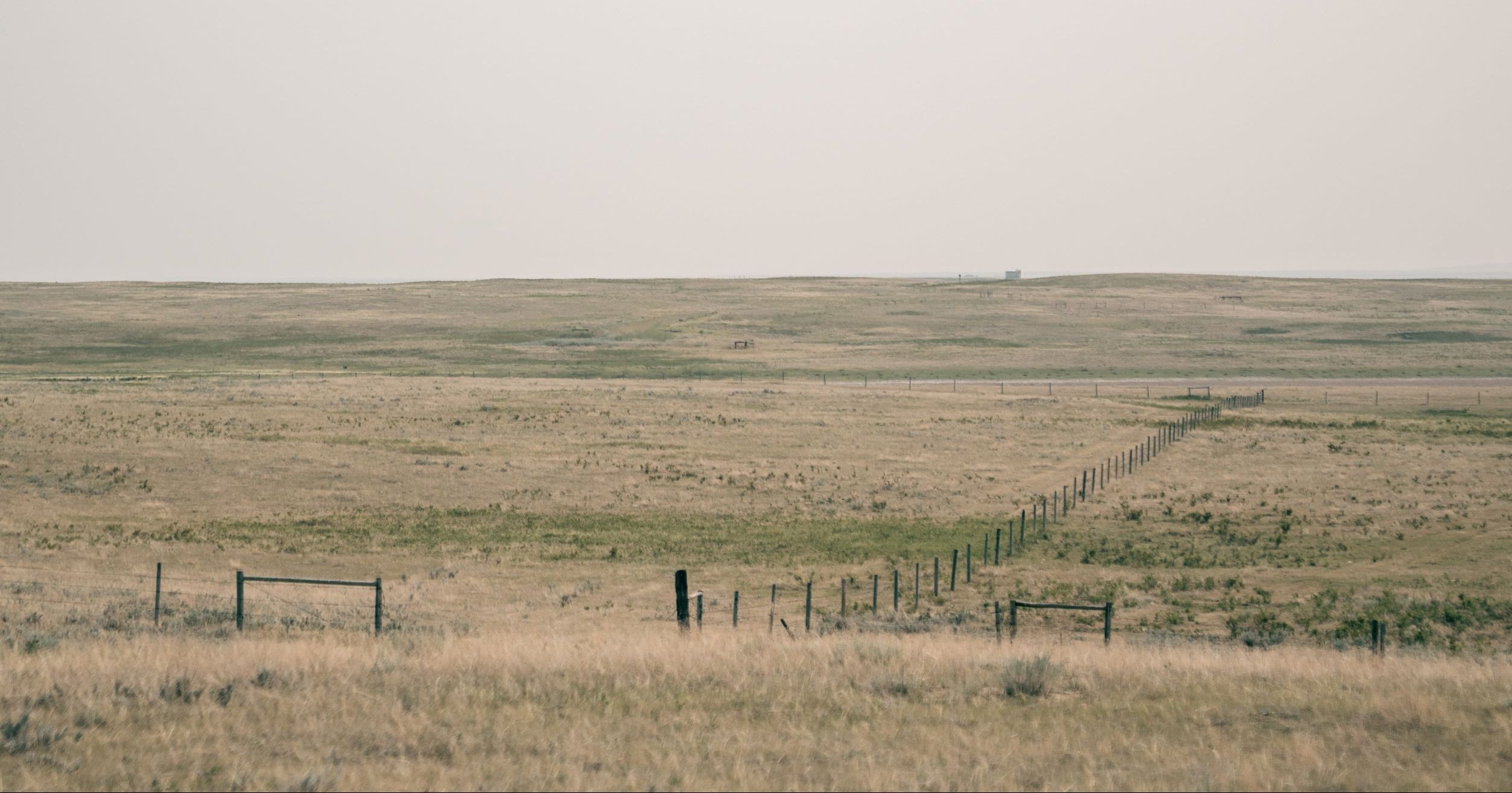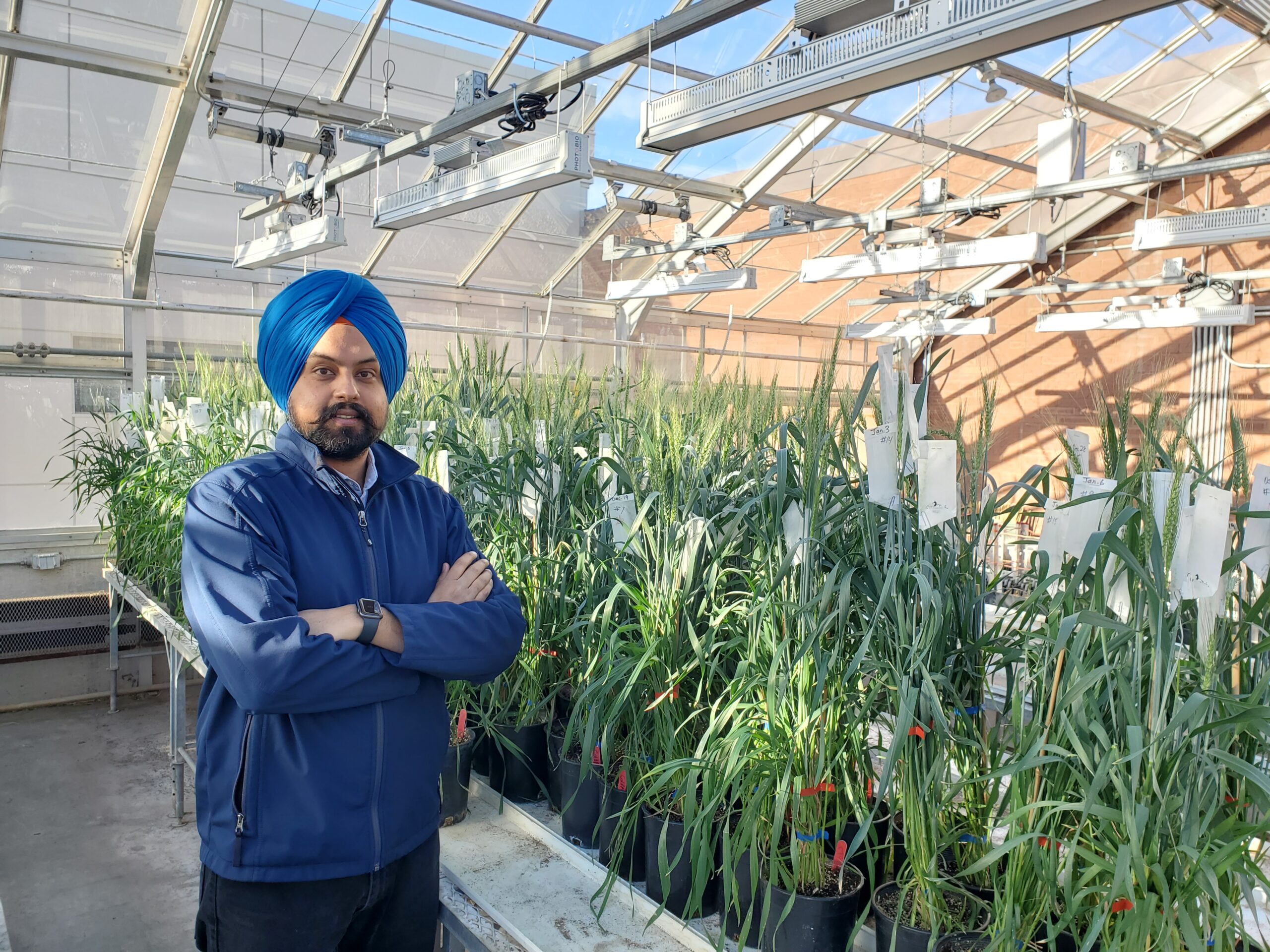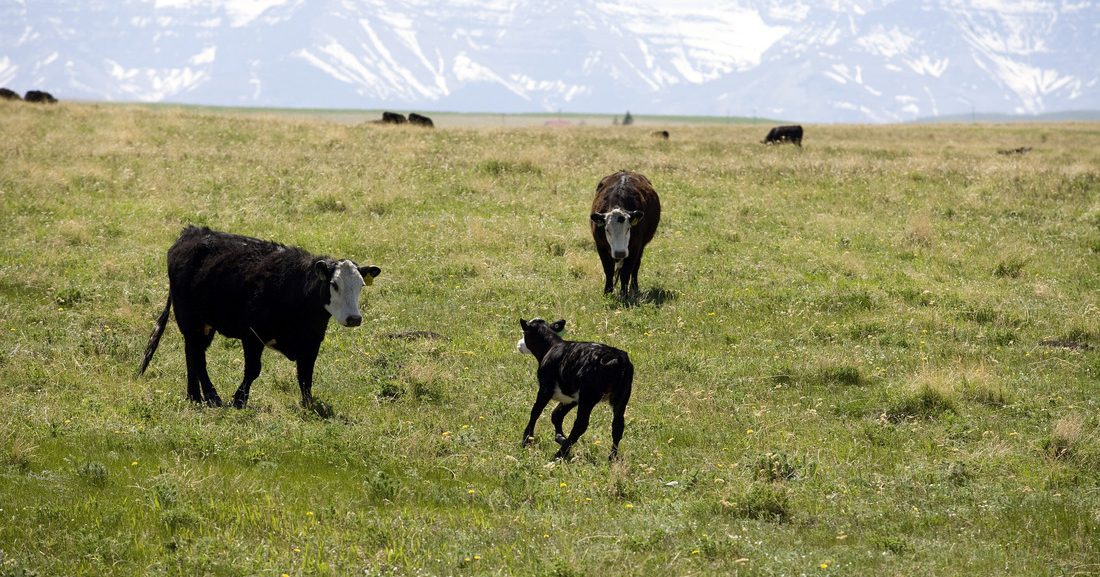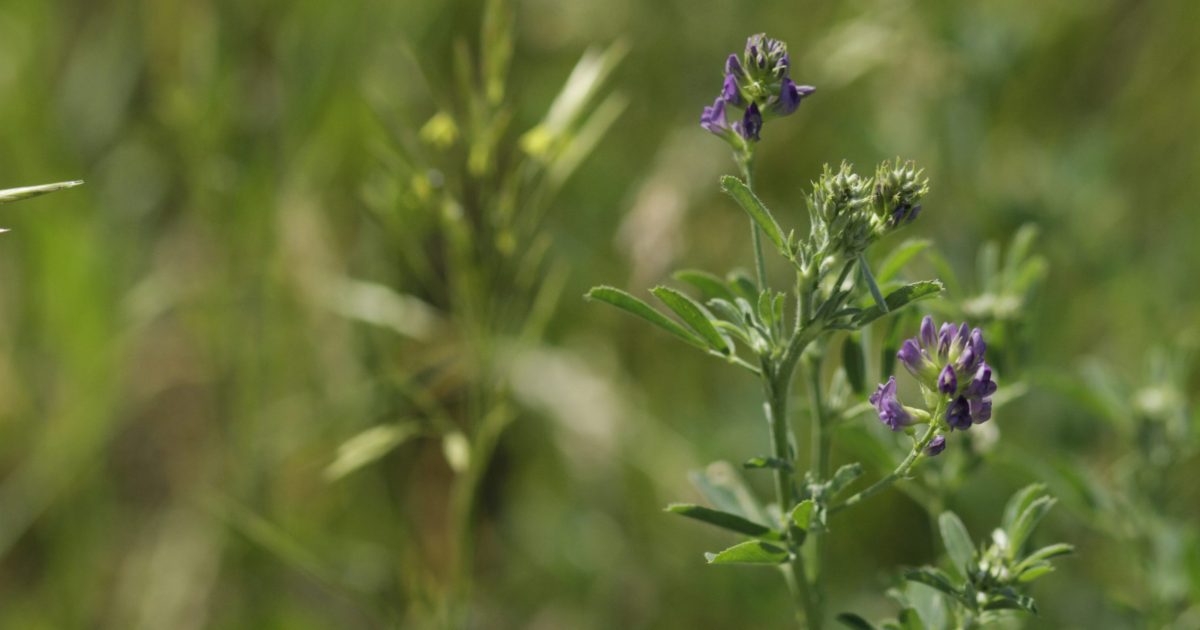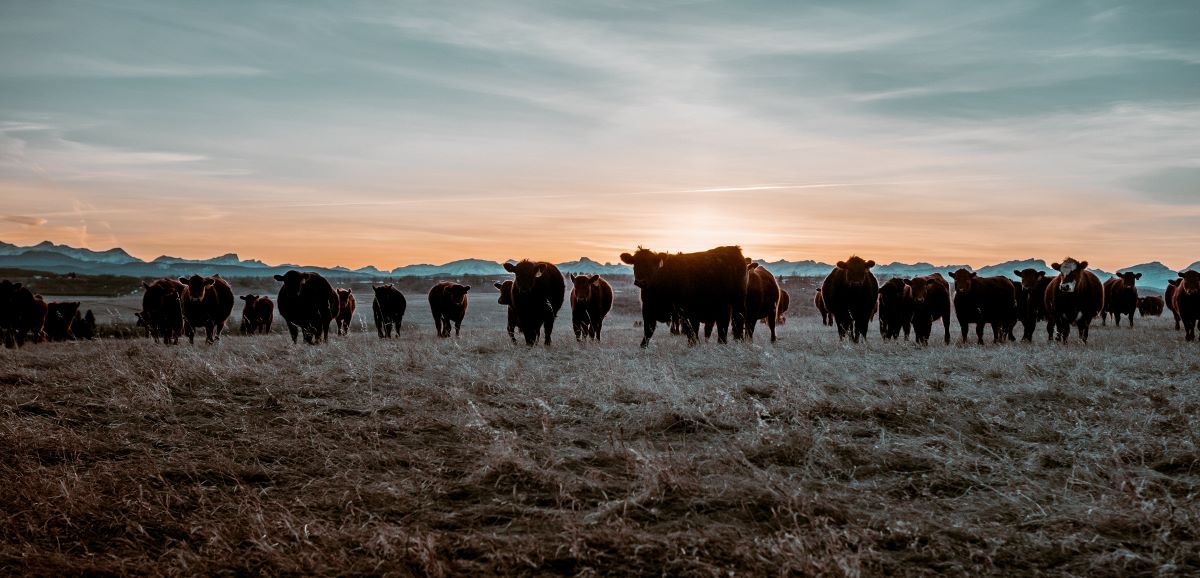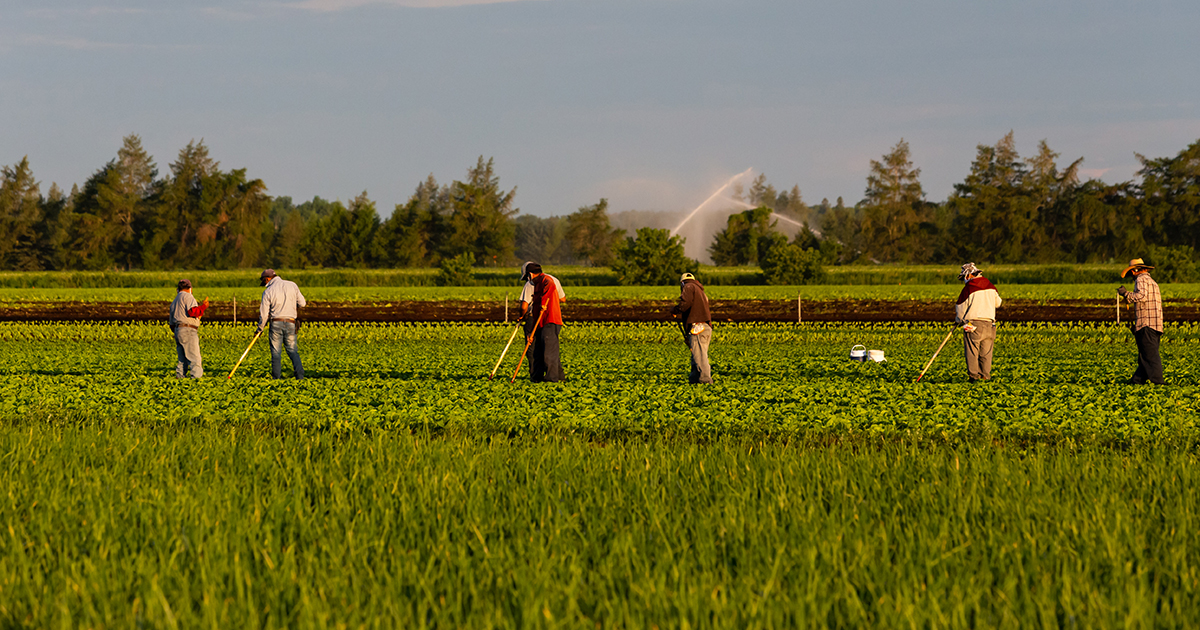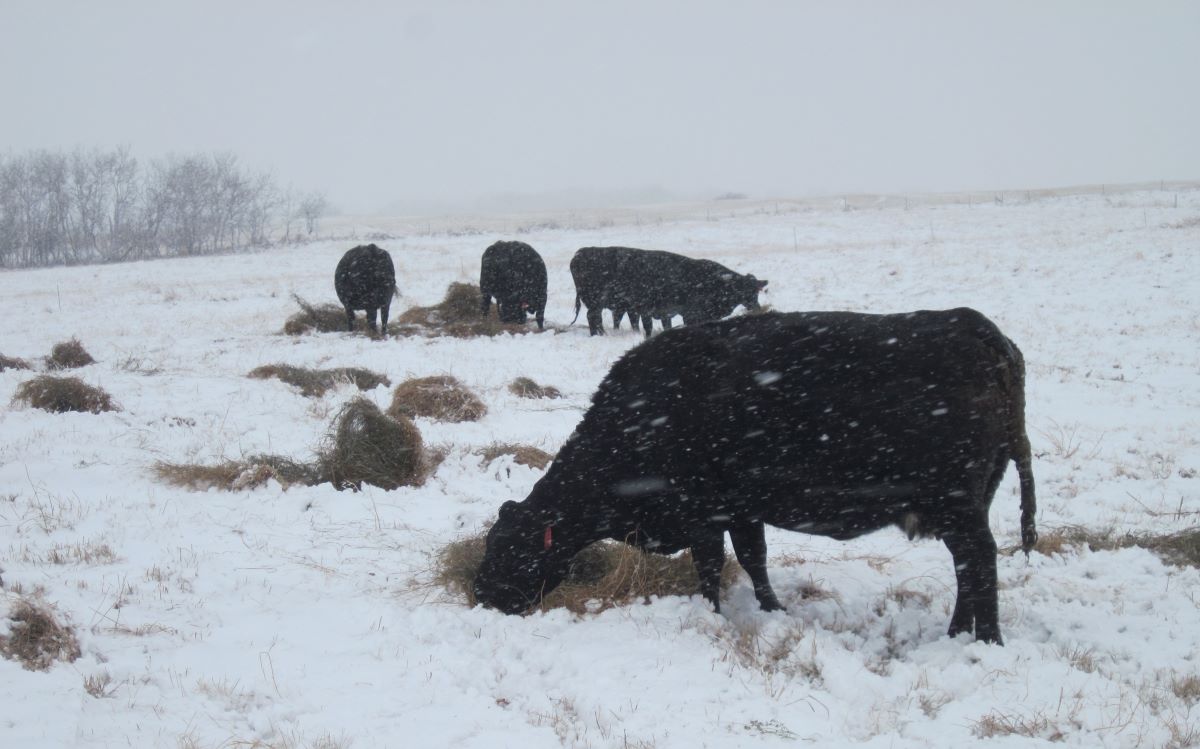AB Direct - Steers
Rail: 492.00-493.50 FOB feedlot (last week)
AB Direct - Heifers
Rail: 492.00-493.50 FOB feedlot (last week)
US Trade- Steers
Rail: 355.00-363.00 (IA, NE) last week
US Trade - Heifers
Rail: 355.00-363.00 (IA, NE) last week
Canadian Dollar
0.19
Applied research activities on the Pitstra Farm
This story was brought to you in partnership with Olds College of Agriculture and Technology. The Technology Access Centre for Livestock Production (TACLP) at Olds College of Agriculture & Technology is a specialized division committed to applied research in livestock production. The TACLP uses its resources – which include a 1,000-head capacity feedlot, commercial cow-calf…
Class 1 drivers in Alberta now have access to new learning pathway
The Government of Alberta is announcing changes to the pathway for Class 1 commercial drivers, and offering a new, farm-restricted Class 1 driver’s license Mandatory Entry Level Training (MELT) became a pre-licensing requirement for Class 1 commercial drivers in Alberta in 2019. Since then, MELT has been identified by the trucking industry as one of…
NRCB provisions for confined feeding of cow-calf herds during drought conditions
The NRCB recognizes that many areas of the province are dealing with drought conditions. If these conditions continue into the 2024 growing season, they could cause poor grass pastures, lack of water for livestock, lack of harvestable forage crops, and the summer confined feeding of cow-calf herds may be necessary. Under normal conditions, confined feeding…
The well-rounded plant breeder
Harwinder Sidhu, the new Agriculture and Agri-Food Canada (AAFC) winter wheat breeder, didn’t always plan to become a plant breeder. It wasn’t a straightforward path to plant breeding for Harwinder Sidhu. He started in his home country of India studying agricultural sciences for his undergraduate degree with a focus on soil science. From there Sidhu…
Canadian Angus Association receives $3.8M to help producers make data-driven decisions
The Canadian Angus Association will receive $3.8M to increase Canadian cattle producers’ ability to make data-driven decisions based on genomics to economically benefit their commercial livestock operations. The investment will be used to develop a genetic selection tool to equip producers with breeding data to select the best replacement heifers to improve their herds. Using…
Interest-free limit of Advance Payments Program set to $250K for 2024
Agriculture and Agri-Food Canada has announced that the interest-free limit of the Advance Payments Program has been set at $250,000 for the 2024 program year. This is the portion of advances on which the Government of Canada pays the interest on behalf of producers. Under the program, producers would normally receive the first $100,000 interest-free,…
Cow-Calf Producers: Help guide check-off dollars
Have you heard of Beef Cattle Research Council’s (BCRC) Calf 911 resources? The resources include videos and pdf guides on everything from tube feeding newborn calves to understanding proper colostrum management. And they were inspired thanks to producer responses to the once-every-five-years Canadian Cow-Calf Survey. Collecting credible information directly from producers helps the industry Cow-Calf Producers, Your Perspective…
Canfax Weekly Article | Report for the week of March 26, 2024
Alberta fed price last week had light trade; steers were down $1/cwt and heifers up $4.75/cwt. Cash sales to the U.S. were in the upper $230’s/cwt FOD the feedlot, steady with last week and premium over local deals. The cash basis at -$25/cwt is the weakest since last February, and continues to encourage exports south….
Field Crop Development Centre set to relaunch as Western Crop Innovations on April 1
Alberta is a global leader in agriculture research, which results in tangible benefits for farmers, like higher profits and a more abundant food supply at an affordable cost for consumers. To help further the development and continued innovation of agriculture research, the Field Crop Development Centre (FCDC) has been relaunched as Western Crops Innovations (WCI),…
The Bovine: Good chaos, lessons from other industries, and the power of changing your mind
For this episode of The Bovine, Kara Oosterhuis attended the Alberta Beef Industry Conference held in Calgary, Alta. Oosterhuis is joined by: Tune in below, or download to listen later on your favourite podcast platform! Just in case there’s something specific you’re looking for, we’ve included our guest list and time codes for your convenience….
4-H Canada youth blaze trail to the Canada-Wide Science Fair
Two finalists from the 4-H Canada Science Fair — Mark Norregaard of Balzac, AB, and Nia Smith from Brandon, MB — have earned their way to the prestigious 2024 Canada-Wide Science Fair (CWSF). Following an initial virtual round in January 2024, the second round of the 4-H Canada Science Fair was hosted by Olds College…
Canadian National Veterinary Association sheds awareness on ‘stronger, fitter’ ticks
In recognition of National Tick Awareness Month, the Canadian Veterinary Medical Association (CVMA) and Merck Animal Health are advising Canadians to stay vigilant because tick control may be needed when you least expect it. Dr. Trevor Lawson, CVMA president says that it is their responsibility and privilege as veterinary professionals to spread this knowledge to…

